Disclosure: This article contains affiliate links. We may earn a commission from purchases at no extra cost to you, which helps our travel content.
The juxtaposition of ancient ecological systems and modern technological infrastructure has always fascinated me throughout my career at Mexico's Ministry of Science and Technology. Perhaps this explains my profound attraction to Taiwan's Alishan Forest Recreation Area, where millennia-old cypress trees stand sentinel alongside one of Asia's most technologically advanced societies. As I embarked on my weekend excursion from Taipei, my backpack contained both my technical equipment and the cultural curiosity that has driven my post-retirement explorations across innovation ecosystems worldwide.
Navigating Alishan's Ecological Innovation
Alishan represents a fascinating case study in ecological preservation integrated with technological accessibility. The narrow-gauge Alishan Forest Railway—a remarkable feat of early 20th century engineering—still functions alongside contemporary conservation initiatives. This symbiosis between heritage infrastructure and environmental protection policies mirrors approaches I've documented across various innovation districts globally.
The network of trails through Alishan's forests is meticulously maintained yet preserves the area's natural character. My journey began at the Alishan Visitor Center, where interactive displays utilize augmented reality to illustrate the forest's ecological significance—a commendable implementation of educational technology that doesn't detract from the natural experience.
For photographers, the Sister Ponds trail offers exceptional opportunities to capture the interplay of light and mist. I found my hiking poles indispensable on this route, as the terrain can be slippery after morning condensation. ¡Qué maravilla! The way sunlight filters through cypress branches creates ephemeral spotlights on the forest floor—transient natural phenomena that challenge one's photographic timing and technique.

💡 Pro Tips
- Download the Alishan trail map app before arriving as cell service is intermittent in the mountains
- The Zhaoping Station area offers the best morning photography opportunities with minimal crowds before 8 AM
- Pack silica gel packets to protect camera equipment from the pervasive humidity
The Sacred Giant Cypress Trail: Technical Approach to Forest Photography
The Giant Cypress Trail presents both ecological and photographic significance, housing trees that have witnessed over two millennia of human civilization. As a photographer with a background in technological assessment, I approach forest photography as a technical challenge requiring methodical analysis of light conditions, compositional elements, and equipment limitations.
The 2,300-year-old Sacred Tree remnant stands as testament to both natural resilience and human intervention—after its death in 1998, conservation technologies were deployed to preserve this cultural landmark. The juxtaposition of preservation infrastructure against natural decay creates compelling visual narratives.
My photographic methodology in Alishan relies heavily on bracketing techniques to capture the extreme dynamic range between shadowed forest floor and bright canopy gaps. I recommend using a remote shutter release to minimize camera shake during long exposures in low light conditions. Additionally, a graduated neutral density filter proves invaluable when balancing exposure between bright mist-diffused sky and darker forest understory.
For those interested in capturing the forest's microecology, I suggest bringing a macro lens extension tube, which allows standard lenses to focus at closer distances without the investment in dedicated macro equipment.
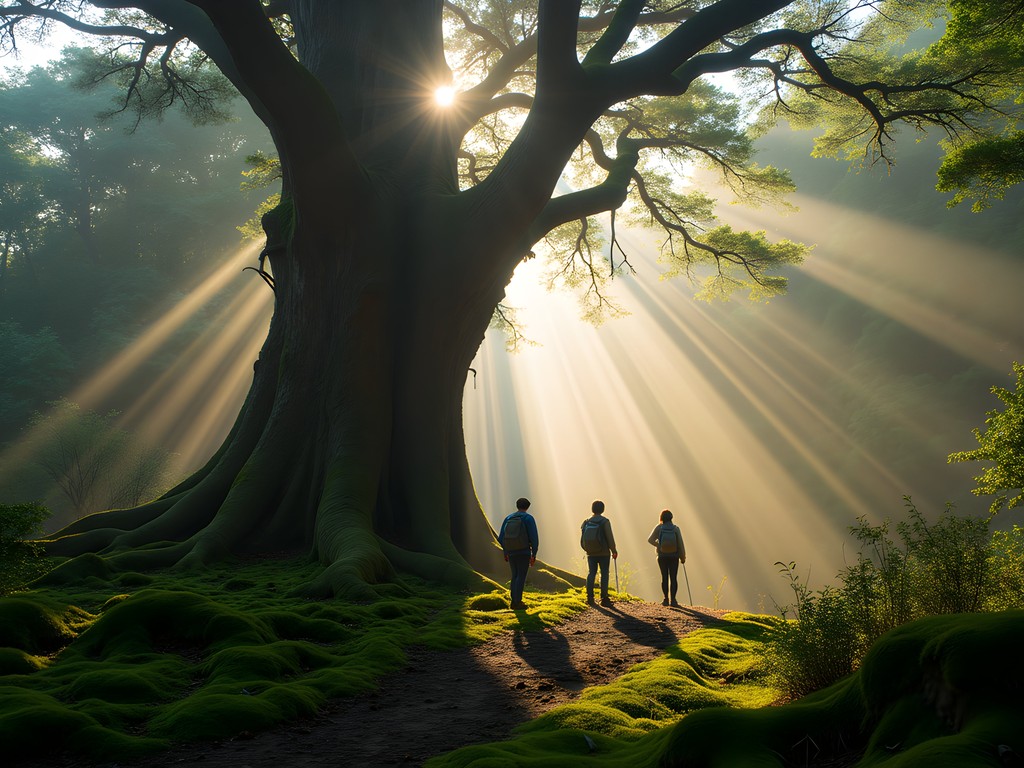
💡 Pro Tips
- Visit the Giant Cypress Trail before 7 AM to avoid tour groups and capture the most dramatic lighting conditions
- Use a circular polarizer filter to reduce glare from wet leaves and enhance the saturation of moss and ferns
- Bring a microfiber cloth to quickly address lens condensation issues that occur when moving between temperature gradients
Sunrise at Zhushan: Technical Preparations for High-Altitude Photography
The pilgrimage to witness sunrise from Zhushan (Jade Mountain) viewing platform represents both a logistical and technical challenge that rewards methodical preparation. Having documented sunrise phenomena across four continents, I can attest that Alishan's sea of clouds (yuhai) phenomenon ranks among the most spectacular yet technically demanding to capture adequately.
The pre-dawn journey requires either securing a seat on the limited sunrise train or hiking approximately 40 minutes in darkness along the Zhushan Trail. For the latter option, a reliable headlamp with adjustable brightness settings is essential equipment—I prefer models with red light options to preserve night vision while checking camera settings.
Temperatures at the viewing platform often hover between 8-12°C in spring, significantly colder than the main Alishan area. Thermal management becomes crucial not just for personal comfort but for equipment functionality. I recommend a insulated jacket that combines warmth with packability, and photographer-oriented convertible gloves that allow finger dexterity for camera operation while maintaining core hand warmth.
The technical challenge of capturing both the brilliant sunrise and the textured sea of clouds below demands graduated filtration techniques or exposure bracketing for later HDR compositing. No es fácil, pero vale la pena—it's not easy, but worth the effort.
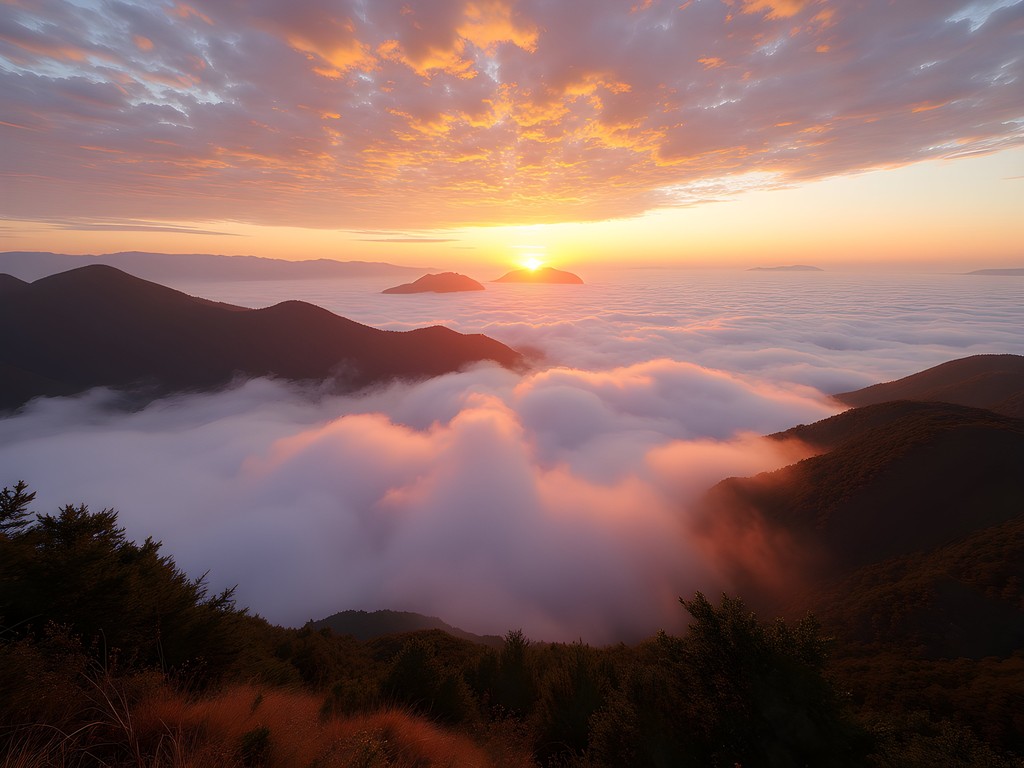
💡 Pro Tips
- Reserve sunrise train tickets immediately upon arrival at Alishan or prepare for the pre-dawn hiking alternative
- Position yourself on the right side of the viewing platform for optimal composition including both the sunrise and sea of clouds
- Bring a vacuum flask with hot tea or coffee—the warmth benefits both your comfort and battery performance in the cold mountain air
Indigenous Innovation: The Tsou Cultural Perspective
My career analyzing technological innovation ecosystems has taught me that indigenous knowledge systems often represent sophisticated adaptations to environmental challenges. The Tsou people's historical relationship with Alishan's forest ecosystem exemplifies this principle—their traditional conservation practices predate modern scientific forestry by centuries.
In the Alishan township of Leye, I had the privilege of interviewing a Tsou elder about traditional forest management techniques while participating in a community-led ecotourism initiative. The integration of indigenous ecological knowledge with contemporary conservation science represents a fascinating case study in knowledge transfer methodologies.
For visitors interested in understanding this cultural dimension, I recommend visiting the Tsou Cultural Center before hiking the forest trails. This contextual knowledge transforms one's perception of the landscape from purely aesthetic to a complex socio-ecological system.
During my visit, I utilized a field recording device to document Tsou oral histories related to specific forest landmarks. This approach to cultural documentation—capturing both visual and auditory elements—provides a more comprehensive understanding of place-based knowledge systems.
The evening performances at the Tsou Cultural Center offer insight into how traditional ecological knowledge is transmitted through cultural expressions. While many tourists attend briefly, I recommend the full program which includes detailed explanations of the symbolic relationship between dance movements and forest ecosystem processes.
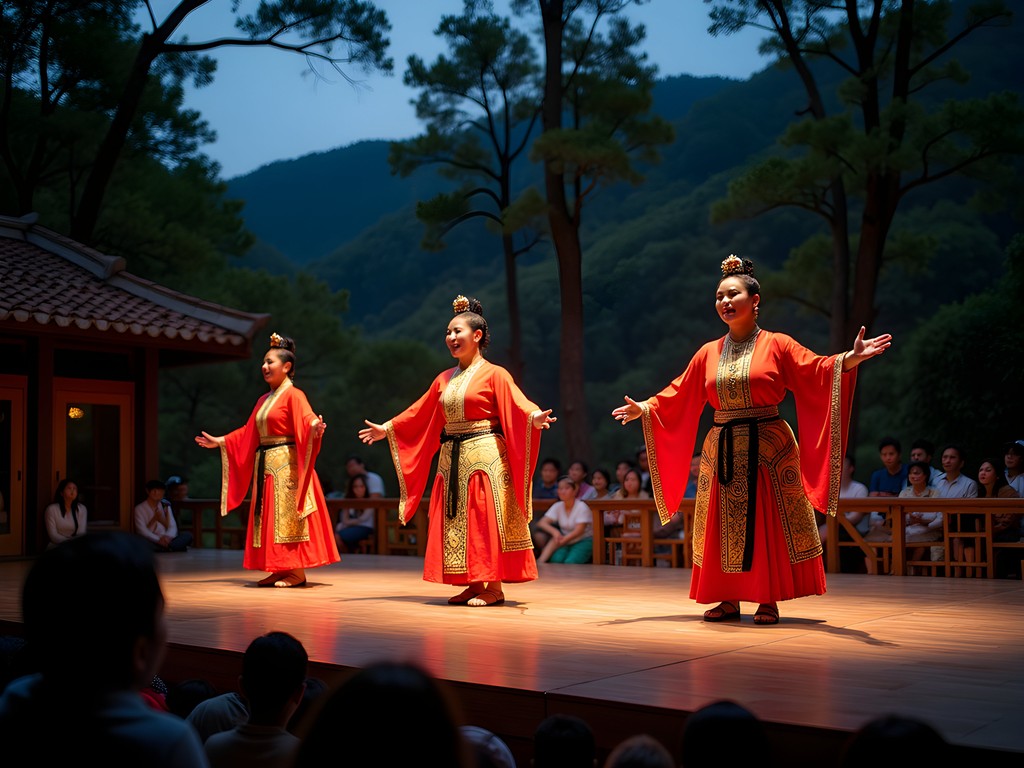
💡 Pro Tips
- Learn basic Tsou greetings as a sign of respect when interacting with indigenous community members
- Purchase handicrafts directly from Tsou artisans rather than from general tourist shops to ensure economic benefits reach the community
- Request permission before photographing indigenous cultural practices or individuals
Final Thoughts
As I departed Alishan on the narrow-gauge railway that winds back toward the plains, I reflected on how this mountain ecosystem represents a microcosm of Taiwan's broader approach to technological integration with natural and cultural heritage. The sophisticated trail infrastructure, conservation technologies, and indigenous knowledge systems coexist in a delicate balance that offers lessons for innovation districts worldwide.
For photographers and technology enthusiasts alike, Alishan presents unique opportunities to document ecological phenomena through both technical and cultural lenses. The methodical approach required—from pre-dawn preparations to understanding indigenous contexts—rewards those willing to engage beyond superficial tourism.
As my train descended through elevation zones, each with distinct ecological characteristics, I was reminded of how my perspective has evolved since leaving government service. The technical assessment frameworks I once applied to innovation policy now inform my understanding of how societies integrate technology with natural systems. Al final, Alishan is not merely a destination for spectacular photography but a complex socio-technological case study worthy of deeper analysis. I invite you to approach it with both technical precision and cultural sensitivity.
✨ Key Takeaways
- Alishan's photography opportunities require technical preparation and methodical timing, particularly for sunrise and misty forest conditions
- Indigenous knowledge systems provide essential context for understanding the forest ecosystem beyond its visual appeal
- The integration of conservation technology with natural heritage in Alishan offers insights into sustainable tourism development models
- Spring visits offer optimal conditions for capturing the 'sea of clouds' phenomenon while avoiding summer crowds
📋 Practical Information
Best Time to Visit
March to May (spring) for optimal misty conditions and moderate temperatures
Budget Estimate
$150-250 USD for a weekend (including accommodation, forest entry fees, and transportation)
Recommended Duration
Minimum 2 days, ideally 3 days to experience different lighting conditions
Difficulty Level
Moderate - Trails Are Well-Maintained But Involve Significant Elevation Changes And Early Morning Hiking

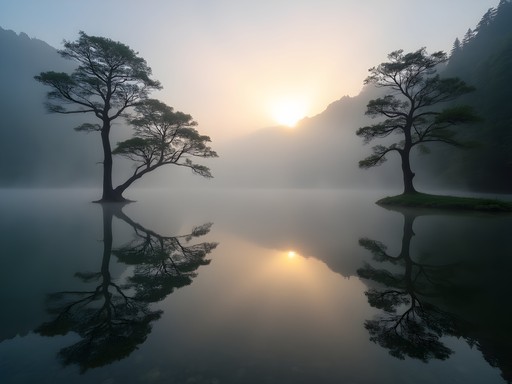

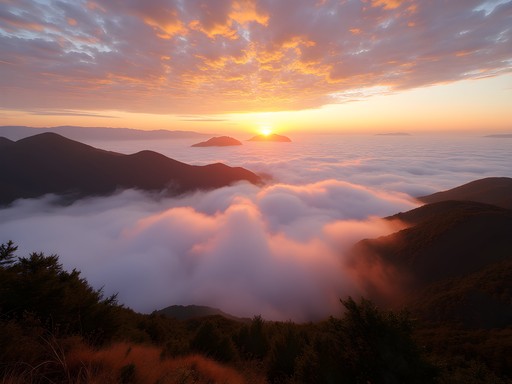







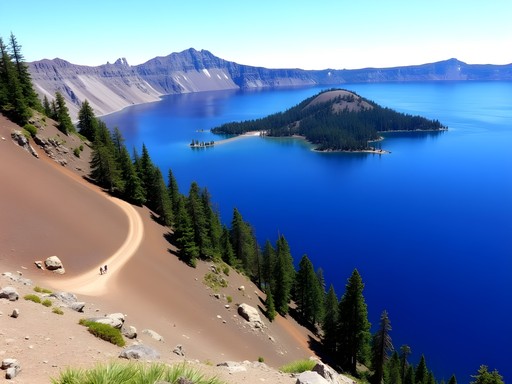


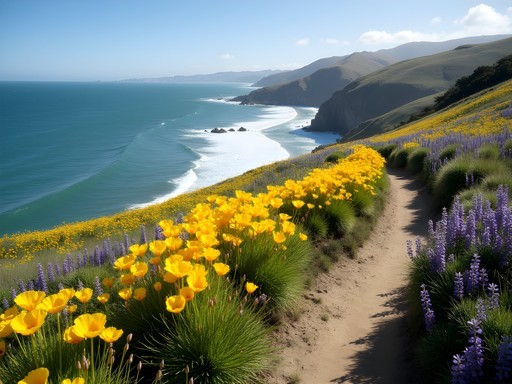
Comments
dreamguide
How was the public transportation to get there? Considering not renting a car for my Taiwan trip.
Allison Gray
Public transportation works well! Take a train to Chiayi, then the Alishan Forest Railway or local buses up the mountain. Just book the forest railway in advance as tickets sell out quickly.
dreamninja
How's the public transportation situation for getting to and around Alishan? Considering going without renting a car.
globestar
We did it without a car last month! Regular buses from Chiayi to Alishan, though schedules can be limited. Inside the park there's a shuttle bus system that hits all the major trails.
dreamninja
That's great to know, thanks! Did you book the bus tickets in advance or just show up?
globestar
We booked a day ahead through our hotel in Chiayi. Probably a good idea during peak seasons.
roamstar
Just booked my trip for November! Can't wait to try these trails.
wavetime
I'm a photography newbie planning my first Asia trip. Is Alishan suitable for beginners or should I build more skills first? Those sunrise shots look intimidating!
Sage Dixon
Jump right in! Alishan is actually perfect for beginners because the scenery does most of the work for you. Just make sure you have a decent tripod for those low-light dawn shots. I started my photography journey in similar misty mountains and it's actually quite forgiving. The travel tripod saved my Alishan shots when I visited - it's lightweight enough for hiking but stable enough for those long exposures in the mist. Feel free to DM me if you need specific camera setting tips!
wavetime
Thanks so much for the encouragement! Will look into a good tripod for sure.
Adam Nichols
I appreciate how you incorporated the Tsou cultural perspective into your guide. Too often travel photography focuses solely on landscapes while ignoring indigenous contexts. When I visited Alishan last year, I spent an afternoon with a Tsou guide who showed me how their traditional ecological knowledge has helped preserve these forests for centuries. The railway journey you mentioned is indeed special - I'd recommend travelers book those tickets well in advance as they sell out quickly, especially during cherry blossom season. Your technical tips for high-altitude photography are spot on - the rapid weather changes require adaptability and patience.
Allison Gray
Thanks Adam! I couldn't agree more about the importance of indigenous perspectives. Do you remember the name of your Tsou guide? I'd love to recommend them specifically to readers planning a visit.
Adam Nichols
His name was Pasuya - he works with the Alishan Indigenous Tourism Association. Incredibly knowledgeable about both the ecology and cultural history of the region.
Bryce Diaz
Allison, your technical approach to forest photography is spot on! I visited Alishan last year and was mesmerized by the interplay of light filtering through the cypress trees. One tip I'd add for anyone heading there - the humidity can wreak havoc on camera gear. I learned this the hard way when my lens fogged up during that magical golden hour at Zhushan! Now I always carry silica gel packets and give my equipment time to acclimate before shooting. The Tsou cultural perspective you mentioned was something I missed during my visit. Did you arrange that experience beforehand or stumble upon it? Those indigenous perspectives add such rich context to natural landscapes. Looking forward to returning and experiencing Alishan through that cultural lens next time.
Allison Gray
Great point about the humidity, Bryce! For the Tsou cultural experience, I arranged it through the visitor center - they have connections with local guides from the community. Definitely worth planning ahead for that one!
islandrider
Those misty forest shots are absolutely magical! Major wanderlust happening right now!
globestar
Your photos are breathtaking! That misty forest shot looks magical.
George Hayes
Fantastic guide, Allison! We took our family to Alishan last year and your insights about the Tsou cultural perspective really resonated with me. Our kids were fascinated by the stories shared by our local guide about the forest spirits and ecological knowledge. One tip for families I'd add: the 3.5km Shouzhen Temple Trail was perfect for our kids (8 and 10) - challenging enough to feel adventurous but manageable even with little legs. The railway ride was definitely the highlight for them though! Did you get a chance to try the high mountain tea ceremony at any of the local tea houses?
Gregory Boyd
Fantastic write-up on Alishan, Allison! I visited last spring and was equally captivated by the blend of natural wonder and cultural heritage. The Giant Cypress Trail was a highlight for me as well. I'd add that photographers should consider visiting during weekdays if possible - the trails get quite crowded on weekends with domestic tourists. The early morning mist you mentioned creates such ethereal conditions - I found my weather-sealed lens handled the humidity beautifully. Did you have a chance to try any of the local tea? The high-mountain oolong from the region is exceptional.
roamstar
The tea there is amazing! Brought back three bags and already running low.
Venture X
Premium card with 2X miles, $300 travel credit, Priority Pass